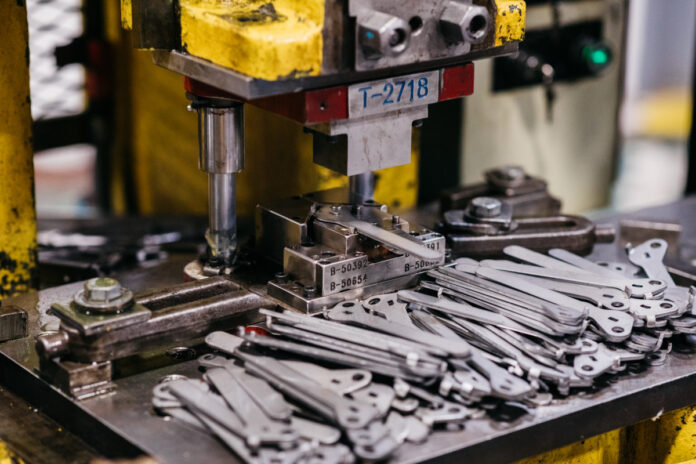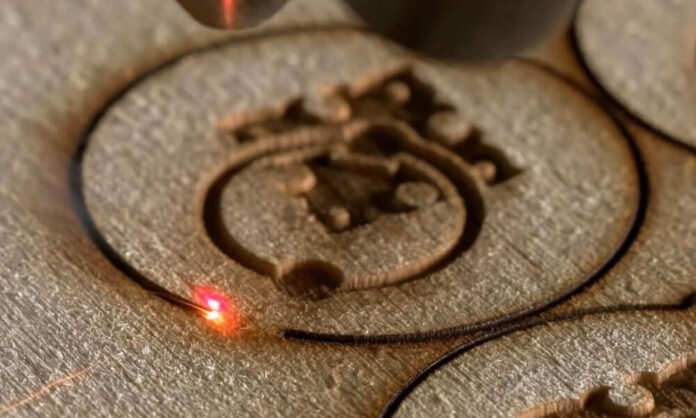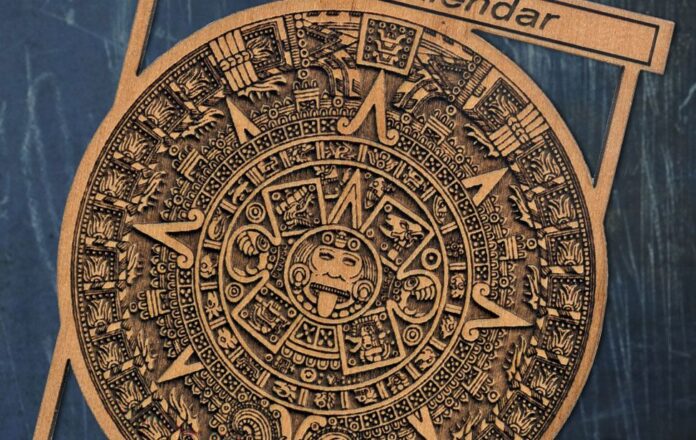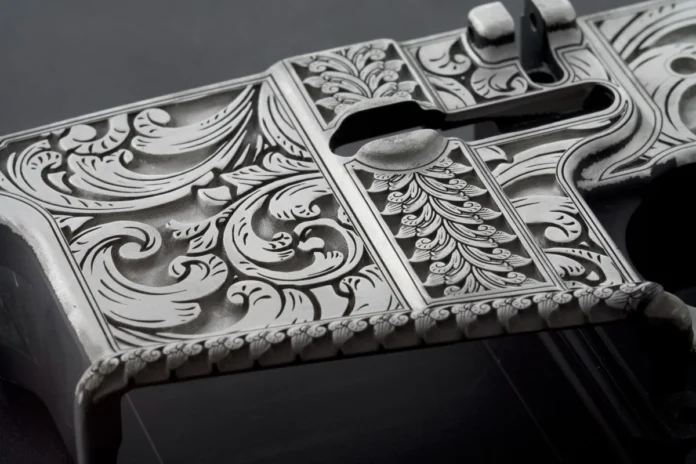In the vast world of material marking techniques, options span the traditional to the technologically advanced. Each method comes with its own unique set of characteristics, advantages, and potential limitations, making the choice of the right technique a pivotal decision in various industries. Two prominent players in this field are metal stamping and laser engraving, both offering distinct pathways to the same goal: creating enduring marks on material surfaces.
Metal stamping, with roots stretching back to the earliest days of metalworking, offers the appeal of simplicity and the charm of the artisanal. It uses hardened steel dies to imprint designs onto metal surfaces, giving each piece a unique, handcrafted touch. Conversely, laser engraving employs advanced laser technology to etch designs onto various materials with precision and speed. This modern digital process, with its ability to create highly intricate designs, offers flexibility and efficiency.
From artisanal craftsmanship to high-tech solutions, the methods used depend largely on the material, production volume, required precision, and desired aesthetic. This article provides a comparative analysis of these two popular techniques and their facets.
Metal Stamping

Metal stamping is an age-old technique, deeply intertwined with the advent of metallurgy itself, that employs hardened steel dies to impress designs or inscribe text onto a metal surface. It is a technique rooted in simplicity and harnessed through years of human ingenuity, requiring only the application of pressure through a die to create a lasting mark. The process can be manually operated, where a skilled craftsman wields a hammer to strike the die onto the material, transferring the shape or text engraved on the die onto the metal surface. This manual approach, while labor-intensive, lends a certain authenticity and a unique artisanal touch to each piece.
For larger scale industrial needs, this method has been adapted to a mechanized process, which relies on hydraulic or mechanical presses to exert the necessary force on the dies. The mechanized stamping process allows for high-volume production, maintaining a balance between the tradition of the technique and the needs of modern mass production. This custom metal stamp production is often used in manufacturing sectors such as automotive, consumer goods, and electronics due to its ability to produce consistent, high-quality impressions at a high rate. This traditional method, in both its manual and mechanized forms, has been greatly valued over the years for its operational simplicity, robustness, and the unique aesthetic appeal it brings to the finished products.
Laser Engraving

Laser engraving is a modern technique that utilizes laser technology to etch designs onto a variety of materials. A high-power laser beam, finely controlled by computer systems, vaporizes the material in a controlled manner, imprinting a design by selectively stripping the surface. This digital process is known for its precision, flexibility, and speed resulting in a lasting, indelible mark.
The targeted surface is meticulously traced by the laser beam, governed by digital designs input into the controlling software. This laser beam modifies the surface structure, subtly altering its texture and color, creating highly visible and touchable engravings. The power and speed of the laser, along with the material characteristics, determine the depth and quality of the engraving.
Specifics to Consider
A custom metal stamp provides a distinct “handmade” quality that laser engraving cannot replicate. In contrast, laser engraving is able to accurately reproduce minute details and complex patterns with consistency. For one-off pieces or small-batch production, metal stamping can offer faster turnaround times, given its simplicity and minimal setup. But when it comes to larger-scale operations, the automation and repeatability of laser engraving provide an edge. With laser engraving, hundreds, even thousands, of identical markings can be achieved in a short time, greatly enhancing productivity and making it more cost-effective for high-volume projects.
Metal stamping and laser engraving are a juxtaposition of tradition and technology. Metal stamping, with its robustness and artisanal appeal, remains a reliable choice for certain applications, particularly where the charm of handcrafted goods is valued. Laser engraving emerges as a compelling alternative, excelling in precision, flexibility, speed, and material versatility. The choice between metal stamping and laser engraving ultimately depends on the specific requirements of the project at hand. With an understanding of these techniques’ strengths and limitations, manufacturers and artisans can make informed decisions that best suit their needs, ensuring quality, efficiency, and customer satisfaction.
Which One to Choose?

Laser engraving and metal stamping, two titans in the realm of marking methods, showcase their distinctive qualities, each with its own allure. Like a skilled artist wielding a brush, laser engraving unveils its versatility, allowing for intricate designs and personalised elements to grace various materials. With meticulous precision and attention to detail, the laser delicately dances across surfaces, leaving a trail of indelible marks that captivate the eye. It transforms metal, wood, and more into canvases for creativity, breathing life into logos, patterns, and personalised messages.
Meanwhile, the industrial powerhouse known as metal stamping emerges, a symphony of efficiency and durability. Like a mighty workhorse on a production line, metal stamping gallops forward, effortlessly churning out parts with unwavering consistency. Its impressive speed and mechanical precision orchestrate the creation of countless imprints, each one robust and steadfast, ready to endure the tests of time. Compliance markings, part numbers, and serial numbers come to life with every resounding stamp, embodying the very essence of reliability and longevity.
Deciding between laser engraving and metal stamping relies on the specific demands of the project at hand. When the need for artistic finesse and customization arises, laser engraving takes centre stage, offering a platform for intricate designs and imaginative expressions. On the other hand, if efficiency, durability, and mass production are paramount, metal stamping strides confidently to the forefront, boasting its ability to conquer high volumes with unwavering precision.
Conclusion
In the realm of marking methods, laser engraving and metal stamping stand as beacons of ingenuity, each beckoning with its own distinct qualities. Whether you seek the artistry of laser engraving or the robust reliability of metal stamping, both methods hold their rightful place, ready to leave an indelible mark on your projects, both figuratively and literally.









